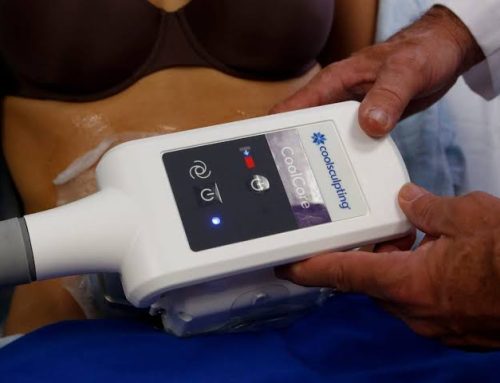Introduction
Liposuction is a popular cosmetic procedure that helps remove stubborn fat deposits and sculpt your body. While it provides excellent results, it’s important to know when it’s safe to resume exercise after the surgery. This article will guide you through the post-liposuction exercise timeline and offer essential tips for a successful recovery.
How long do you have to wait to workout after Liposuction?
Post-Liposuction Exercise Timeline:
- Immediate Post-Procedure: After liposuction, you can start walking immediately. It’s essential to stay mobile as being bed-bound is unnecessary. Walking aids in the recovery process.
- 2-4 Weeks After Surgery: Micro liposuction, which uses tiny incisions, is less invasive than traditional liposuction. Most patients can generally begin their exercise routine after 2-4 weeks, depending on their comfort level. If you feel ready before that, it’s safe to start.
- Lifting Weights: You can gradually incorporate weightlifting into your routine, but proceed cautiously and build up based on your comfort level.
- Doing Squats: Squats can be added when you feel comfortable. Everyone tolerates recovery and discomfort differently, so listen to your body.

- Immediate Post-Procedure – Light Activity:
- Light activities encompass everyday tasks such as household chores and gentle strolls.
- Starting 1-2 days after your liposuction surgery, it’s crucial to engage in light activity to prevent blood clots and promote blood circulation.
- During this phase, your primary focus should be on allowing your body to recover without straining the treated areas.
- 2-3 Weeks After Surgery – Light Aerobic Activity:
- At this stage, most plastic surgeons recommend reintroducing aerobic activities, with walking being the preferred choice.
- This light aerobic exercise can help maintain cardiovascular health while gradually easing you back into physical activity.
- Always listen to your body’s signals and avoid pushing yourself too hard. Your efforts should be around 25% of your normal intensity during the initial phase of recovery.
- 6 Weeks After Surgery – Higher-Impact Activities:
- Approximately six weeks post-surgery, you can consider resuming higher-impact activities like running or aerobics.
- This marks a pivotal point in your recovery when you can gradually return to your regular exercise routine, but with much lower intensity than before the procedure.
- Pay close attention to how your body responds, and remember that comfort and gradual progression are key.
- 2nd Week After Surgery – Resistance Exercises:
- If you wish to include resistance exercises, you can typically start during the second week after your liposuction procedure.
- These exercises shouldn’t impact the surgically treated areas.
- As with other forms of exercise, initiate resistance routines slowly and increase intensity with caution.
- Should you experience any pain, discomfort, or drainage related to resistance exercises, consult with your surgeon.

How long does it take to get back to normal after Liposuction?
You can typically expect to get back to normal after liposuction within a few months. However, the exact timing may vary depending on the extent of the procedure, your body’s healing process, and your surgeon’s recommendations. It’s essential to follow your surgeon’s post-operative instructions to ensure a smoother recovery and achieve the best possible results.
Conclusion
Exercising after liposuction is essential for maintaining your results and preventing the return of unwanted fat. The timing of exercise depends on your recovery, but it’s critical to listen to your body and ease into your routine gradually. Complement your exercise regimen with a healthy, balanced diet to achieve the best long-term results. Always consult with your surgeon for personalized post-operative recommendations.
Disclaimer: The content on this blog is intended for general informational purposes only. It is not a substitute for professional medical advice, diagnosis, or treatment. Always consult qualified healthcare providers for personalized advice. Information regarding plastic surgery, dental treatment, hair transplant, and other medical procedures is educational and not a guarantee of results. We do not assume liability for actions taken based on blog content. Medical knowledge evolves; verify information and consult professionals. External links do not imply endorsement. By using this blog, you agree to these terms.










